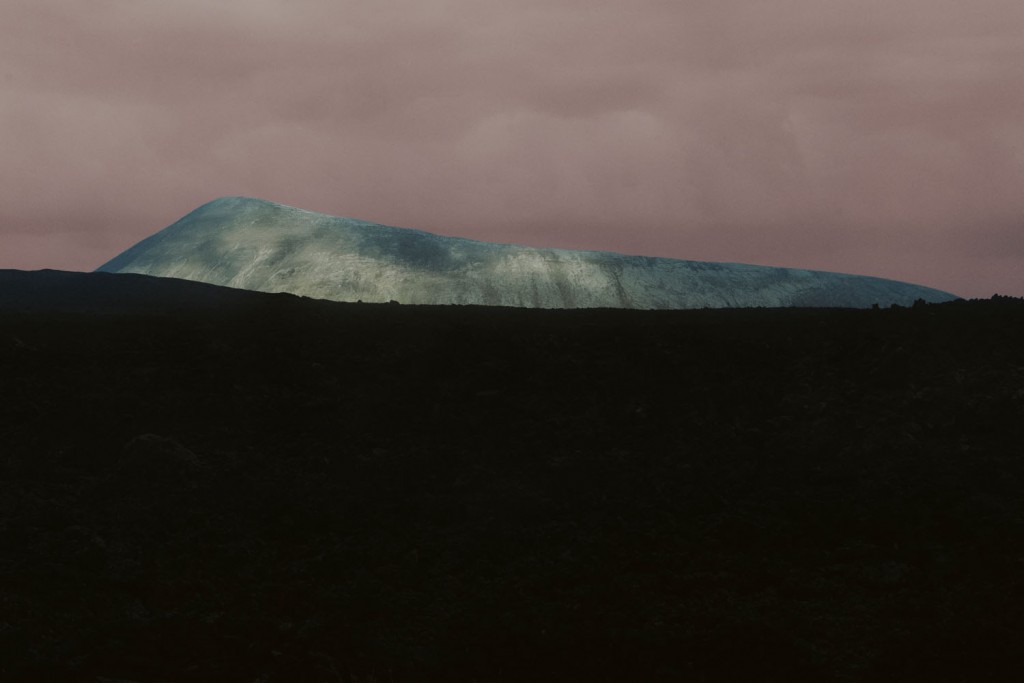
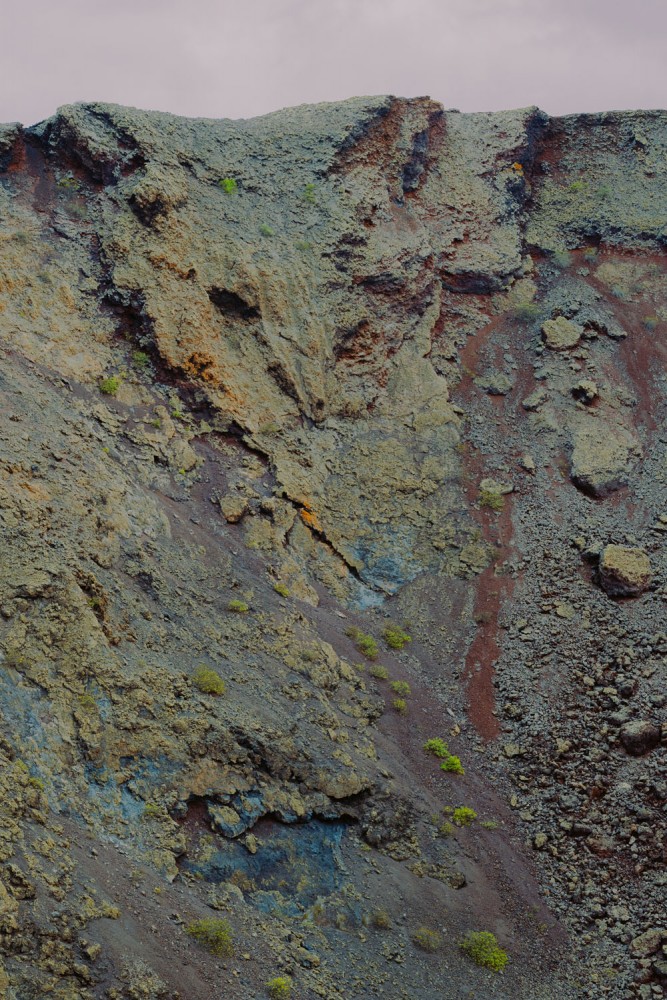
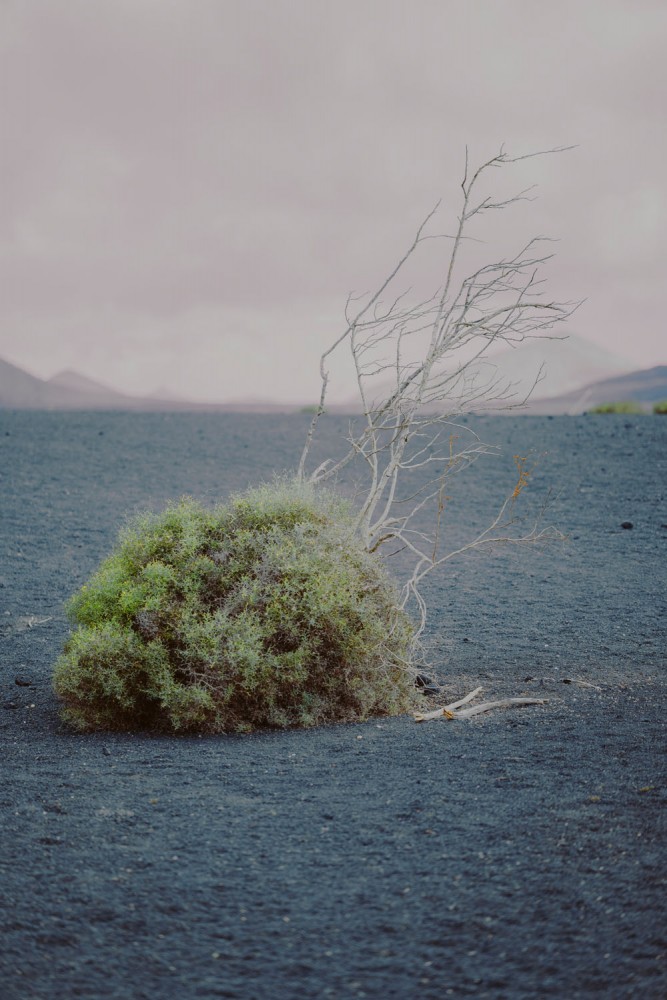
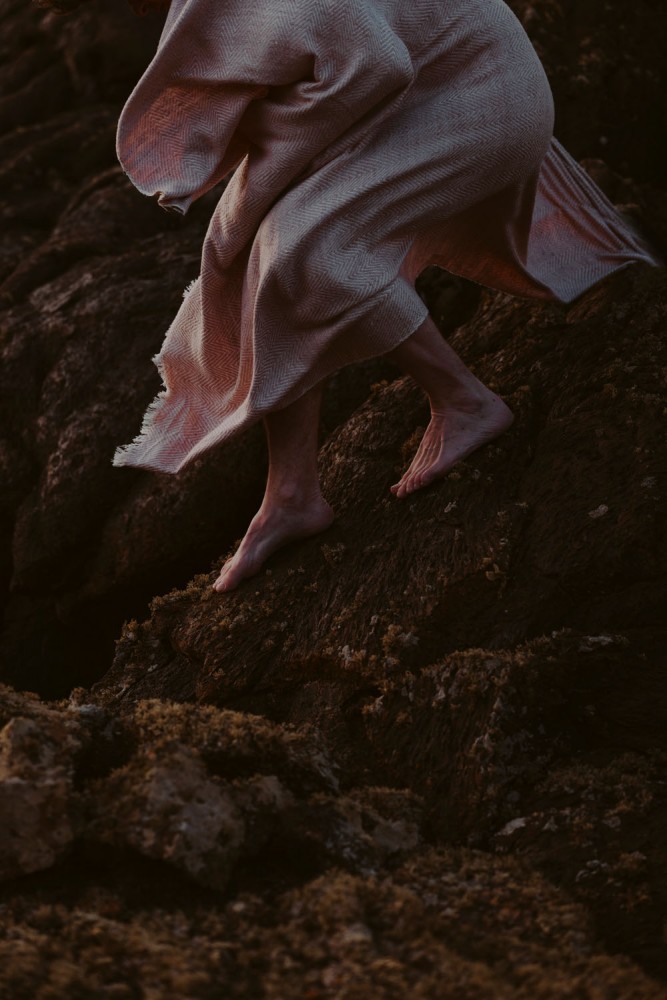
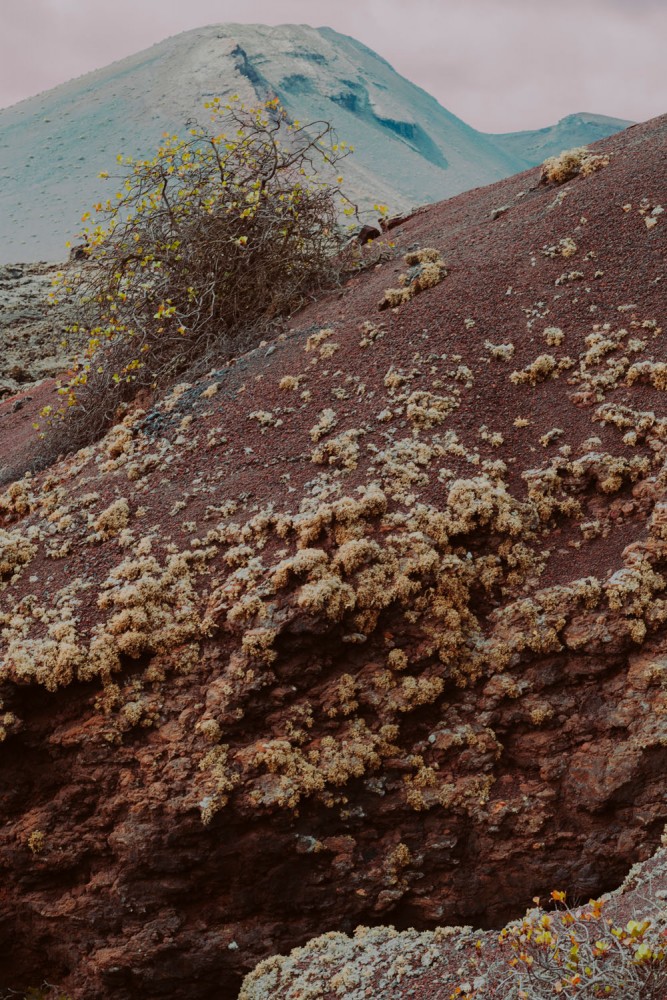
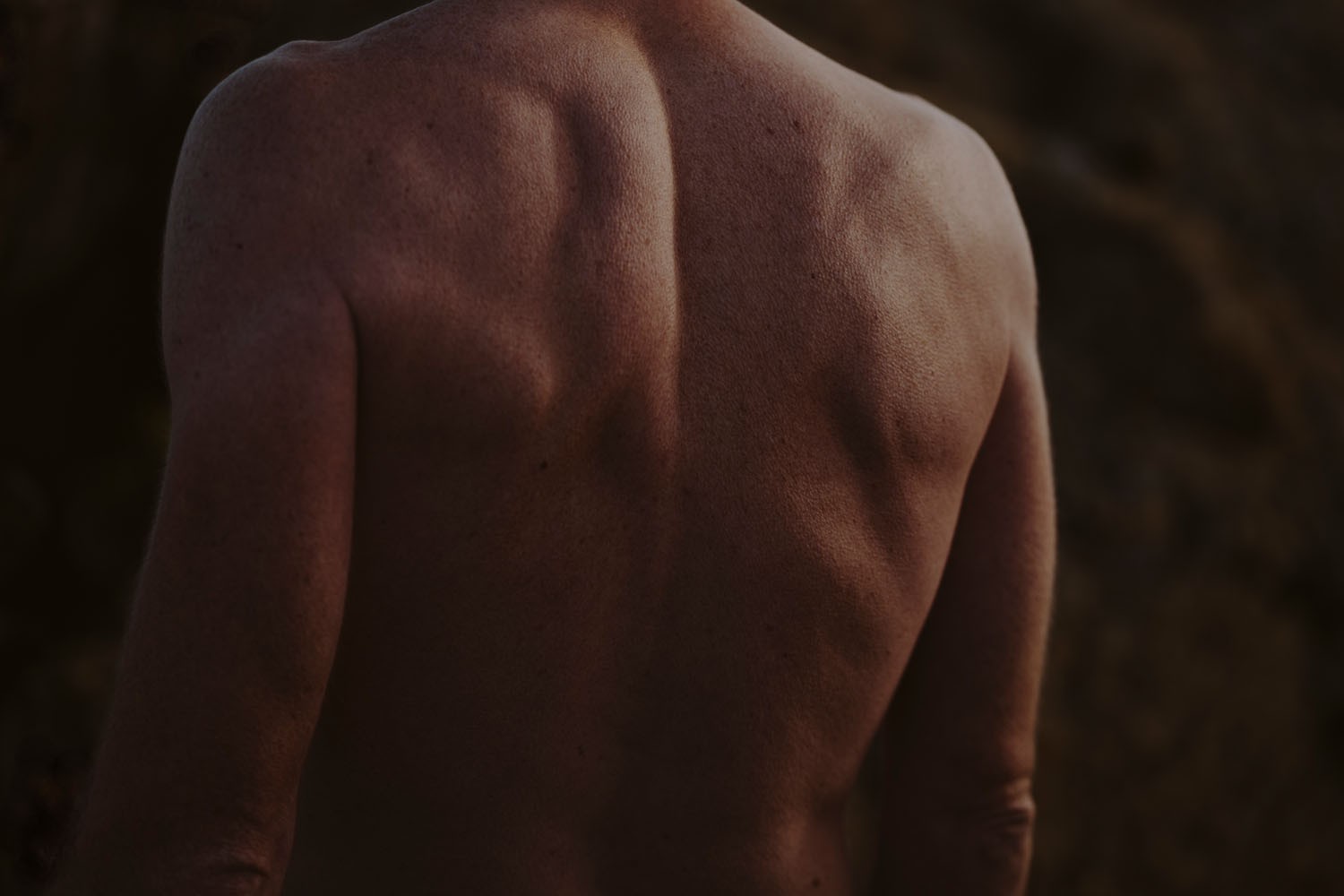
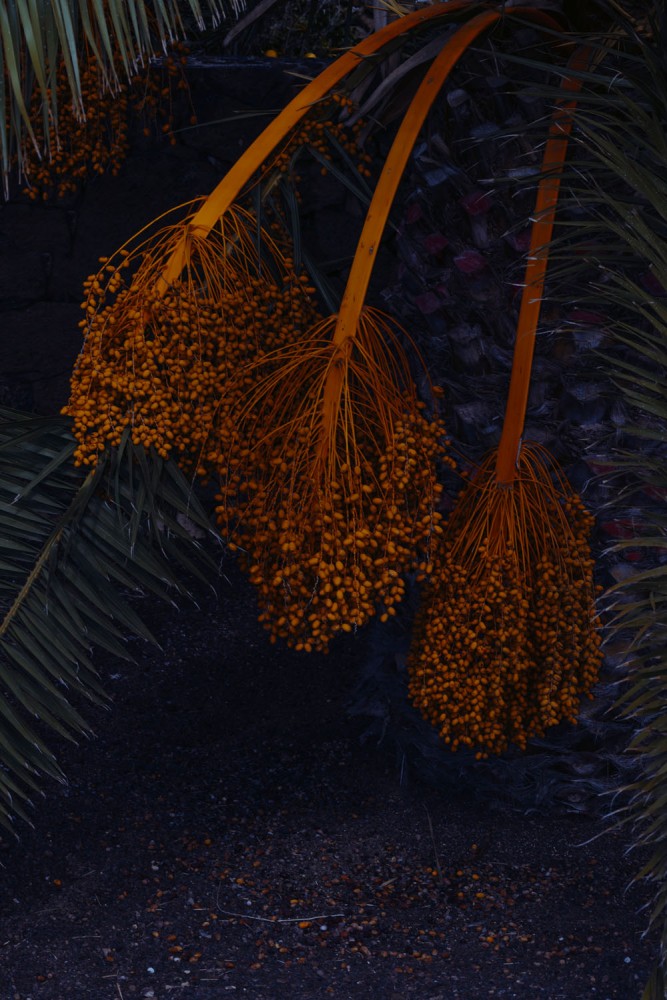


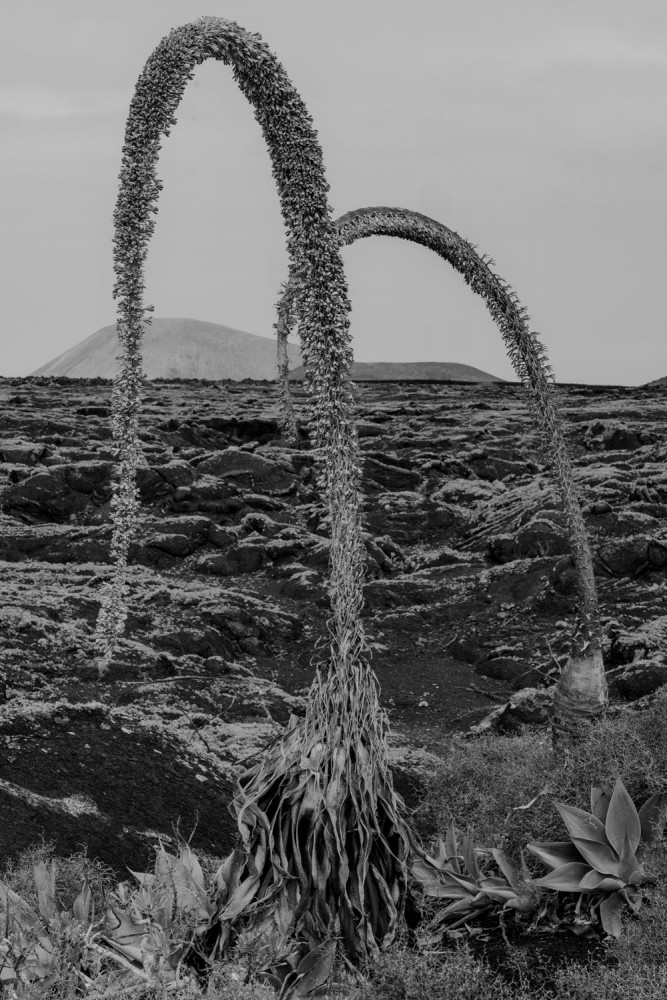
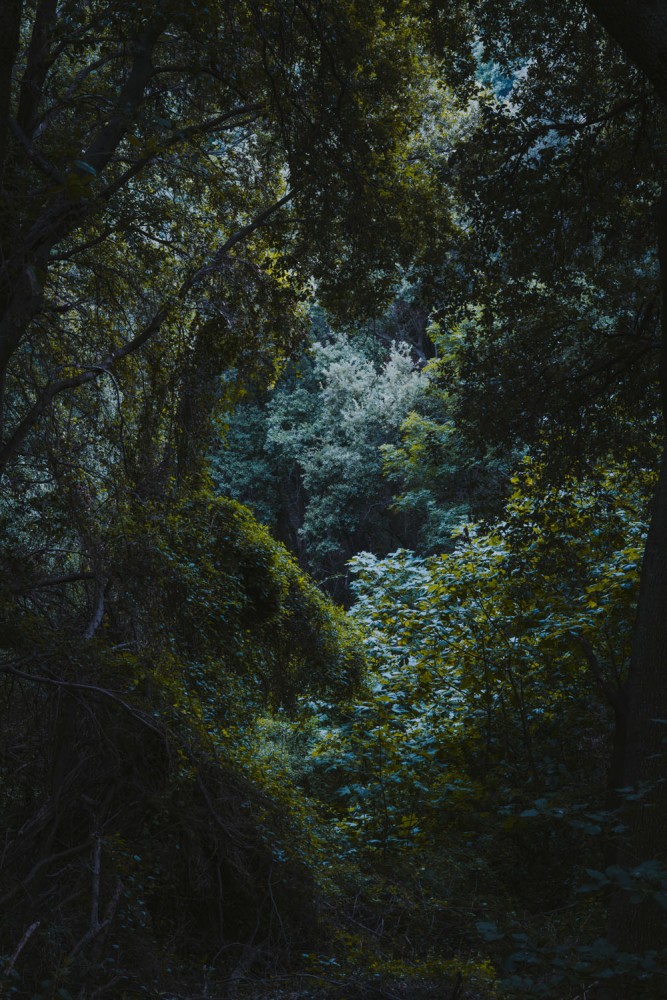
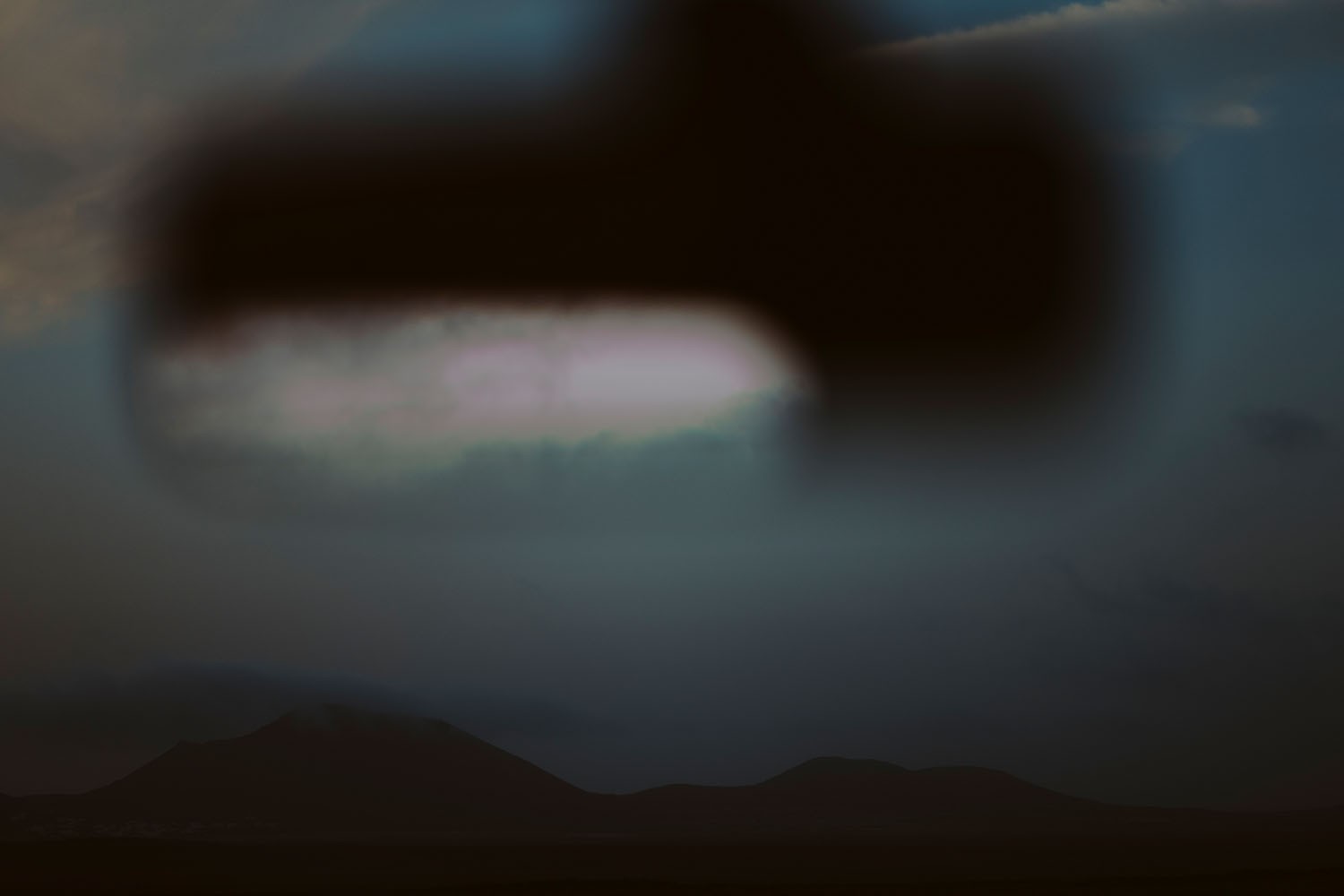
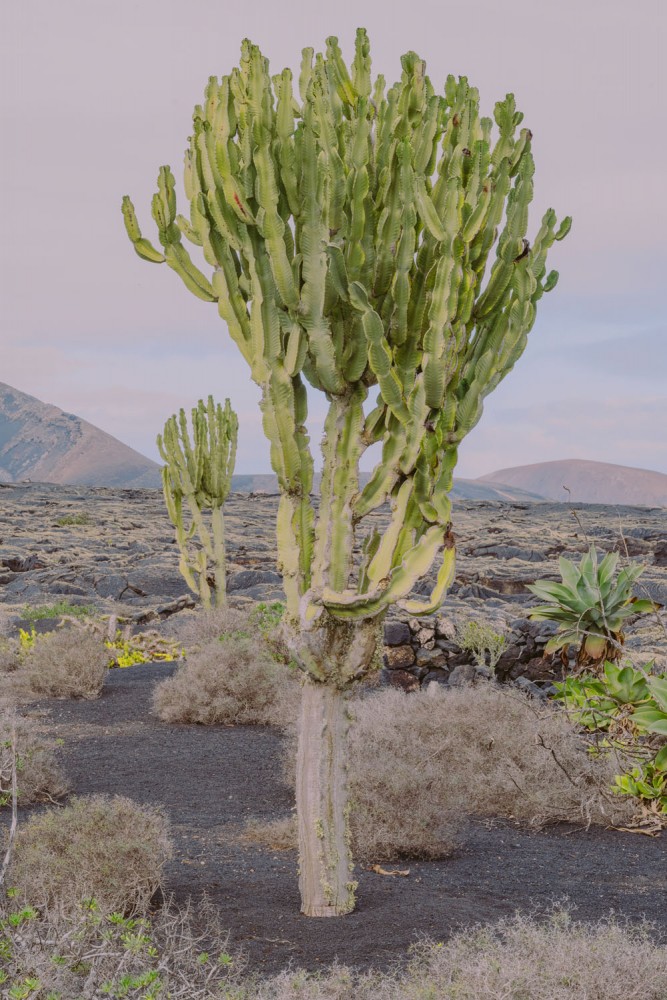
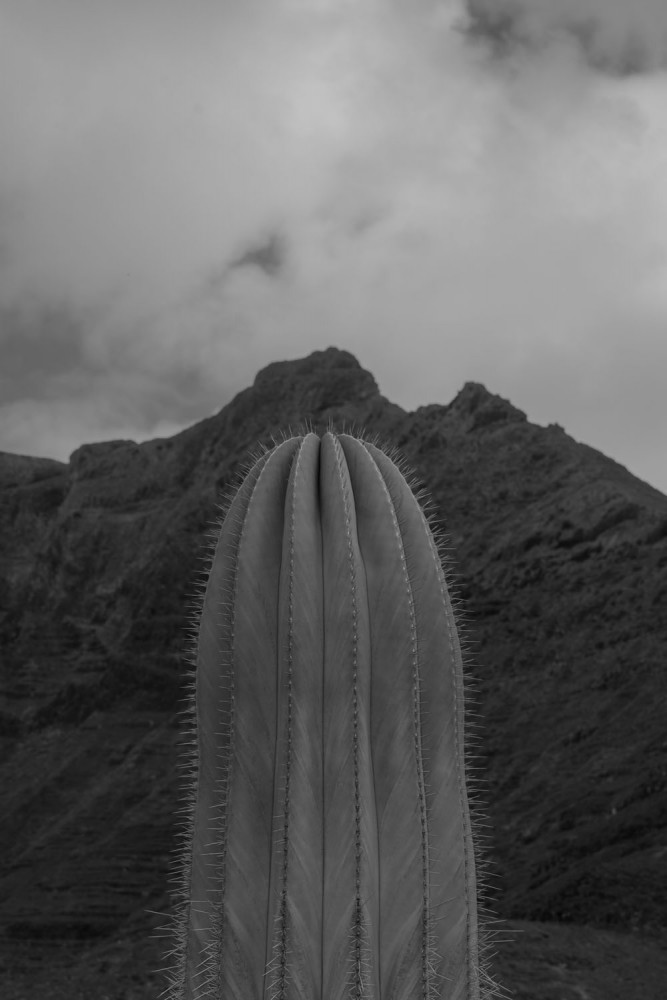
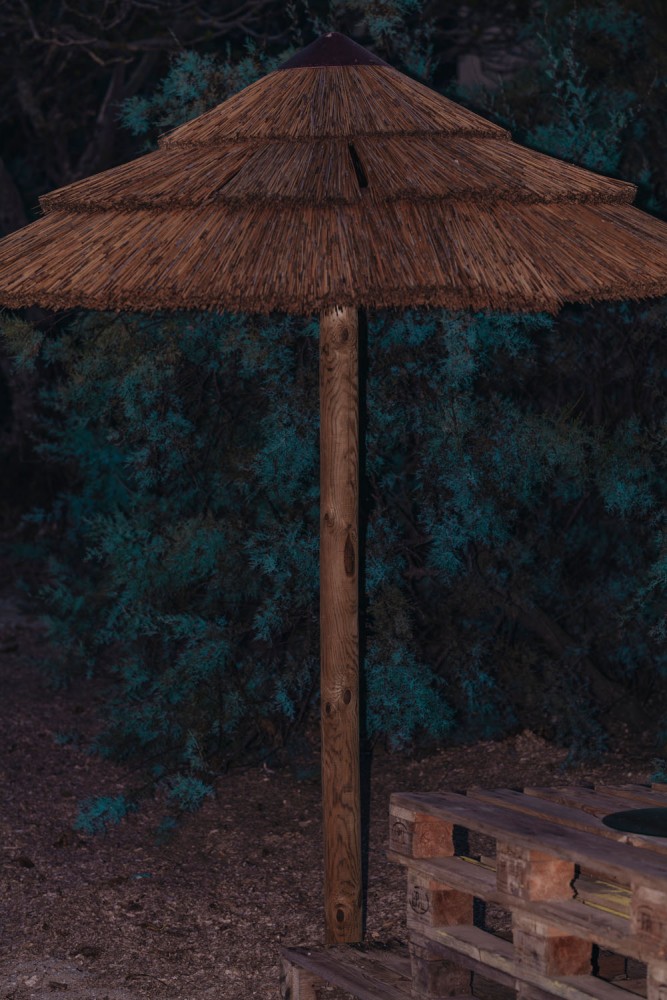
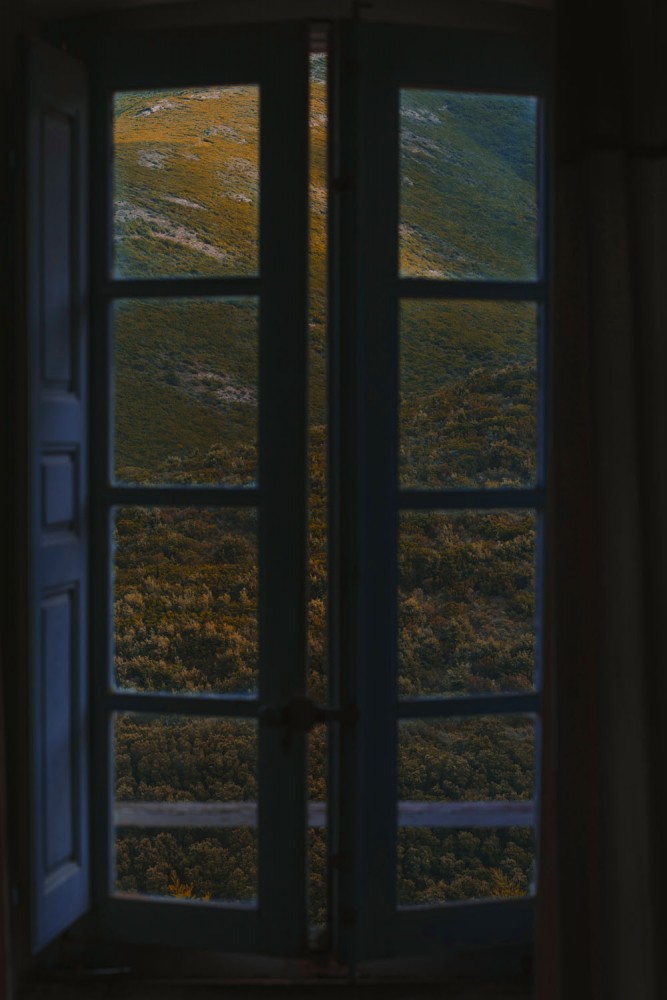
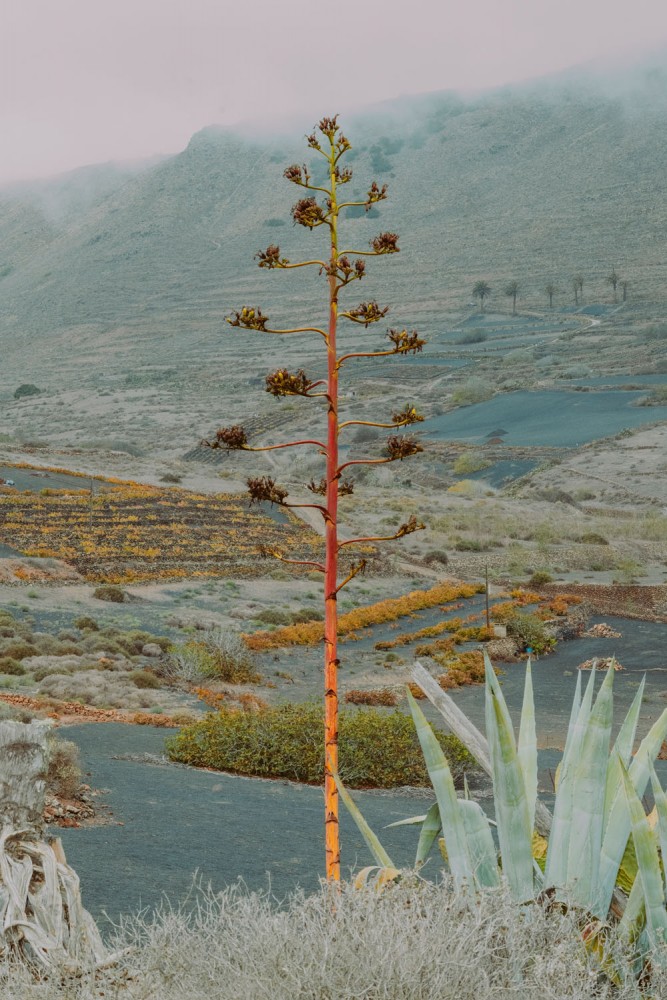
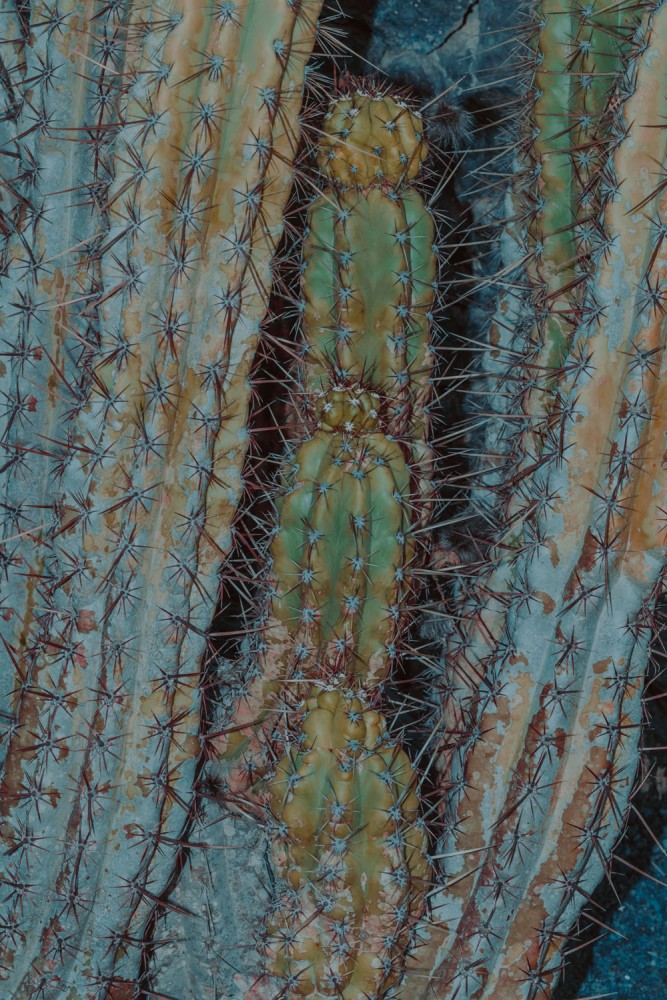
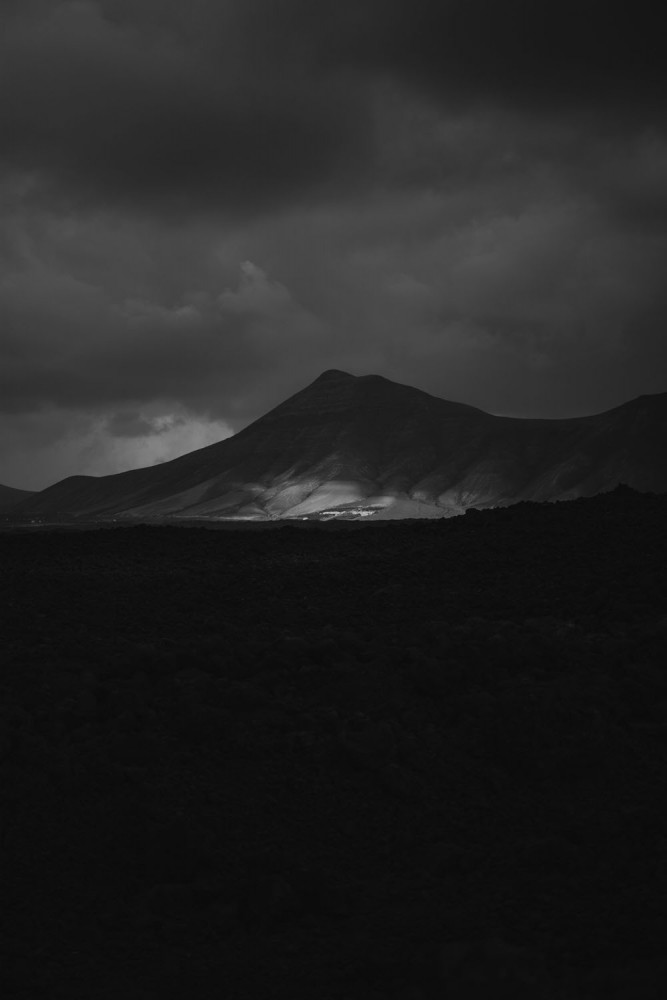
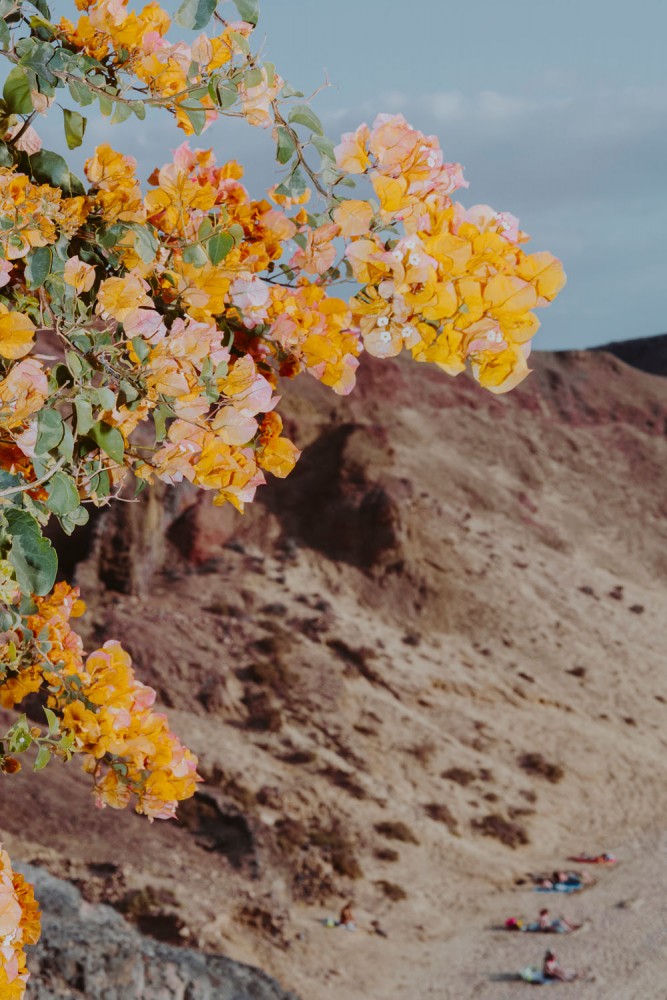

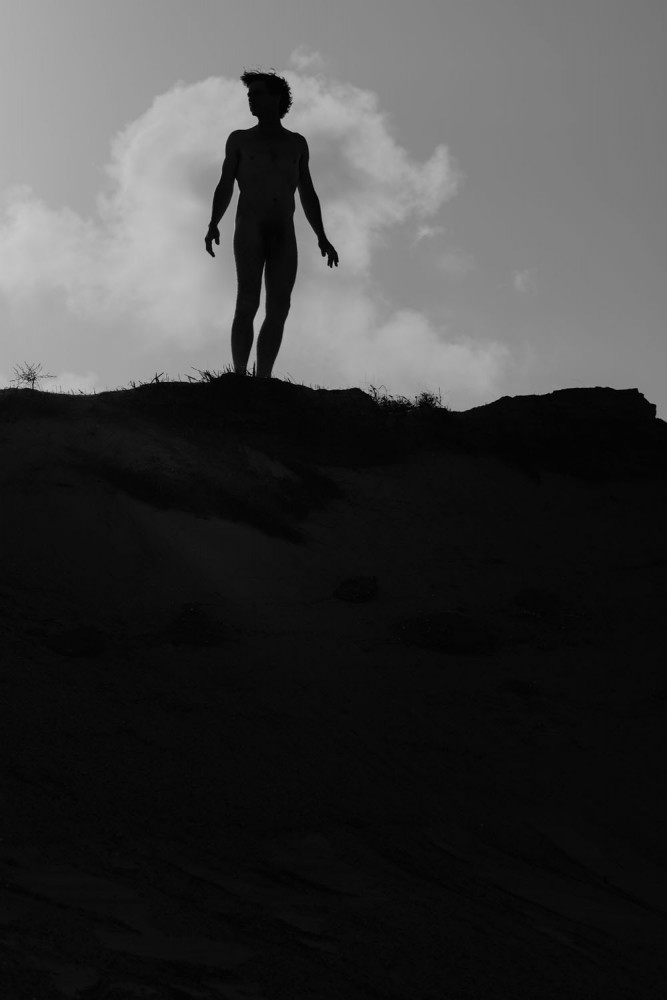






















INTERVIEW
Letizia Le Fur
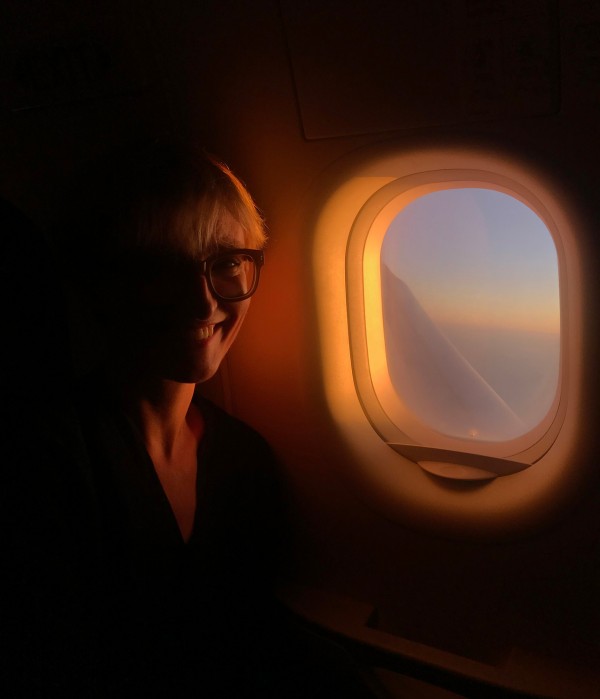
Photography Letizia Le Fur Camera Leica SL2 with Apo-Summicron SL 35 f/2 ASPH and Apo-Summicron SL 75 f/2 ASPH
The Wealth of the Continents and the Providence of Men on the Run
Dreamlike landscapes and painterly compositions: Letizia Le Fur’s projects resonate with poetic beauty. The artist initially trained as a painter – honing her understanding of colour and composition, before turning to photography as her medium of aesthetic expression.
Here she talks about being inspired by different forms of visual art, her love for nature, and the ways in which her background in painting informs her photographic work.
What prompted you to take up photography? In previous interviews, you mentioned that there is a strong link between your photography and other forms of visual art, particularly painting.
Yes, painting was my first passion – I loved Rembrandt, Vermeer, Vilhelm Hammershøi and Gerhard Richter. It was my way of surrounding myself with beauty in a harsh suburban environment that seemed rather devoid of humanity. Studying at Les Beaux Arts, I began to realise that there wasn’t a great deal I could contribute to the history of painting. Meeting Valérie Belin was a major factor in my decision to switch to photography.
What does photography mean to you? How would you describe its purpose and possible limitations?
For me, photography is a necessity. It's hard to explain, but I need to create photographs in order to manifest what I imagine. This may well stem from the environment that I grew up in: I like to find beauty where it is not obvious, not ‘in your face’. As for the limitations of photography – there are many. It is a fantastic medium for self expression, but it is more limited than literature, for example. I actually don’t think that a picture is worth a thousand words. On the other hand, sometimes you’d rather have a picture than a thousand words.
There is a very cinematic quality to your images…
Cinema is another great source of inspiration for me, and directors such as Andrei Arsenyevich Tarkosvski, Chris Marker, Lynch Wenders and Barbara Loden are among my absolute favourites.
Are there any specific photographers who have influenced your work and shaped your way of seeing?
Saul Leiter, Gueorgui Pinkassov and Rinko Kawauchi are my main influences, especially in the way they use colour.
How would you describe your approach, and the evolution of your visual language?
I tend to construct my photographs as I would a painting, with regards to both colour and composition. I usually like to fill the entire frame, using a specific palette of colours that I have come to favour over time. I also frequently apply rules of classic painting to my photographic compositions.
What can you tell us about the title you chose for this series?
The original French title is ‘La Richesse des Continents et la Providence des Hommes en Fuite’, which translates as ‘The Wealth of the Continents and the Providence of Men on the Run’. It is an excerpt taken from a dialogue in ‘The Sailor of Gibraltar’, a novel by Marguerite Duras.
In some of your images, you have introduced bokeh – in others, the foreground is out of focus, and there are also pictures that look like you used a flash. Is there a stylistic technique that you particularly favour?
I wouldn’t say that I prefer one technique over another. The scenes I encounter essentially dictate the way in which I photograph. I will introduce bokeh if I want to isolate a certain element, and I’ll be equally happy to use a flash in order to accentuate a colourful foreground.
Was this the first time you worked with the Leica SL2? What are your impressions of this camera?
I have previously worked with the SL1, and I was also lucky enough to try out the SL2 before it was officially released. I feel that the SL2 is definitely a step up in terms of ergonomics, and it also offers a faster autofocus, shorter startup time and quick access to the various menus.
Which lenses did you use on the SL2, and what did you especially like about them?
I used the Apo-Summicron SL 75mm f/2 ASPH and Apo-Summicron SL 35mm f/2 ASPH, both of which deliver a bokeh that I find absolutely incredible.
How do the images you shot with the SL2 differ from work you produced with other cameras?
Because I usually shoot with a wide open aperture, achieving precise focus always used to be a challenge. This changed with the SL1, and even more so with the SL2. Leica cameras also produce raw images with an outstanding colour fidelity, which makes things a lot easier in post-processing.
Where and when did you create this series? The landscapes bring to mind the island of Lanzarote…
Well spotted – the series was indeed shot in Lanzarote and Corsica, in the autumn of 2019.
Was this project an independent endeavour, or an assignment?
This was a personal project.
In this series, close-up views of plants and the human body are juxtaposed with expansive landscapes. It almost seems like a homage to nature and its diversity. What was the concept behind these images?
I've always loved photographing nature in my personal work, particularly landscapes and plants. For this series, I also decided to include a male nude figure, which was a first in my work. He can be seen as a mythological character making his way through a deserted, perhaps even post-apocalyptic world. There is a definite sense of the fragility of man versus the harshness of nature. I also like the fact that we don't really know if he is running from or after something. I leave that for the viewer to decide.
Do you prefer colour over black-and-white photography?
I definitely have a strong preference for colour but, as you can see, I have recently begun to branch out into black-and-white.
How do you imagine your visual language will evolve over time?
I don't think that far ahead, to be honest. But my style is constantly evolving, nourished by the work of other photographers, including the younger generation. I think it’s important to stay curious and avoid stagnation. That’s one of the many reasons I find cinema such an important source of inspiration.